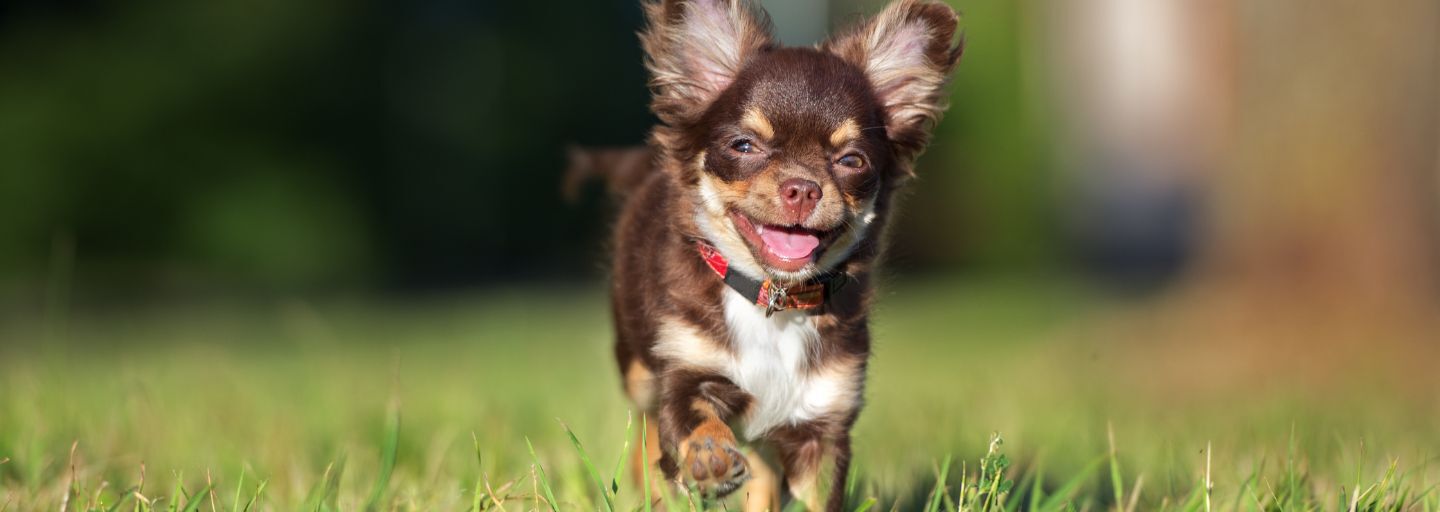Regular exercise is the key to a healthy and happy puppy. But making it part of their routine doesn’t have to be dull – mix it up a little with a brisk walk, jog, or some games.
Exercising your puppy
All dogs, regardless of their breed, require at least half an hour of exercise every day. Regular exercise helps maintain their physical health and mental well-being. It is important to engage your puppy in activities that suit their age, breed, and energy level. This can include walks, jogs, or interactive games such as fetch or hide-and-seek.
Making Exercise Fun
Enrolling your puppy in an obedience or agility class can be a great way to make exercise enjoyable for both of you. These classes provide an opportunity for your puppy to interact with other dogs, learn new skills, and burn off excess energy. Even if your puppy is already trained, a refresher class can be beneficial. You can gather information about these classes from breeders, local dog clubs, or online resources.
Exercising All Year Round
Before starting an exercise program during winter, it is important to check your puppy's health with your vet. Cold weather can affect puppies differently, so it's essential to ensure they are in good physical condition before engaging in outdoor activities. Dress your puppy warmly before going for a walk and consider finding a place with a windbreak if you plan to play games.
Dos and Don'ts
Here are some important dos and don'ts to keep in mind when exercising your puppy:
- Do consider your puppy's individual needs and current physical condition. It is always recommended to consult with your vet before starting any exercise program.
- Do start slow if you haven't exercised your puppy regularly. Begin with short periods of activity and gradually increase the time, speed, and distance to avoid overexertion.
- Do choose soft surfaces such as dirt, sand, or grass for walking or running to help toughen your puppy's paw pads.
- Do keep your puppy on a leash during walks or runs to maintain control and ensure their safety.
- Do use a reflective collar, a bright-coloured leash, and wear white or light-coloured clothing when exercising at night to enhance visibility for both you and your puppy.
- Don't exercise your puppy immediately before or after a meal. A full stomach can lead to digestive upsets or even serious medical conditions.
- Don't go out in the middle of the day when it's hot. Running in high temperatures can be dangerous for dogs and may cause heatstroke.
- Finally, don't raise a couch potato! Regular exercise is essential for your puppy's overall health, longevity, and behaviour. It helps them live longer, healthier lives and prevents negative puppy behaviour.
Remember, the key is to make exercise enjoyable for your puppy while considering their individual needs and safety. By incorporating regular exercise into their routine, you are setting them up for a happy and healthy life.







